Pas de Deux: Wood & Stone, part II
Wood and stone are made for each other. The smooth, haptic qualities of wood entice the rocky textures typical to stone. Combining these two natural beauties results in a unique and charming appearance.
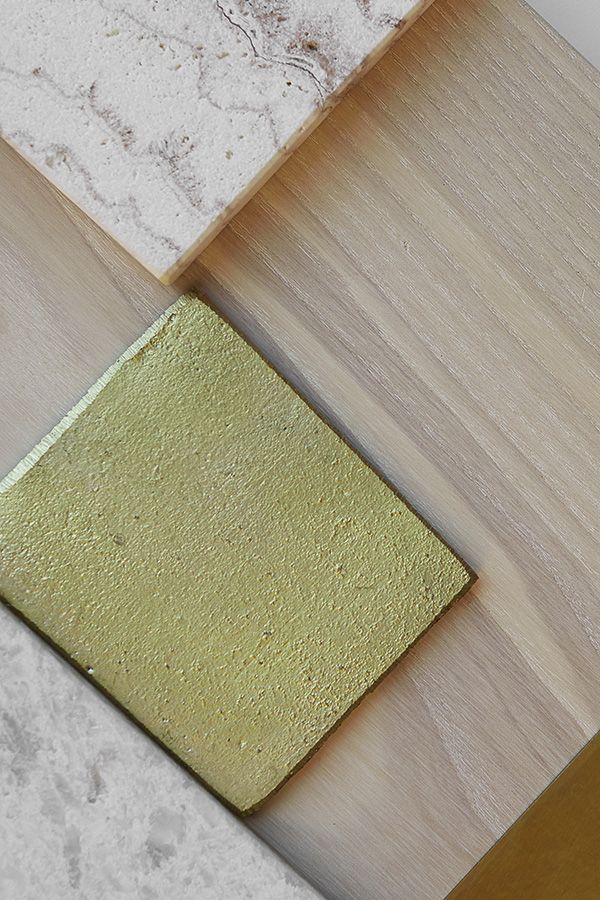
Opposites attract
Versatile and charming, the wood-stone combination is understandably popular amongst interior designers. What is it that makes the duo work so well? we wondered. Creative director Mike Fisher of Studio Indigo emphasizes the richness the combination of two natural materials brings to any space. ‘They are beautifully juxtaposed materials, and yet their synergy can create a grand but calming atmosphere.’ Of course, their storytelling power shouldn’t be underestimated, he says. ‘Their beauty lies in the richness of the natural patterns and quirks, their markings telling the story of hundreds and thousands of years. Unlike manufactured products, these natural materials will age and mature much like wine gets better with time, which is why they work so well together,’ says Fisher, who is particularly fond of French limestone for its warmth and richness. ‘It so often reminds me of honey, and if you could eat it, it would taste equally delicious.’
For a Seamless Experience
When discussing their interior or exterior application, he stresses how the two can connect different spaces in a seemingly seamless way. ‘Stone and timber have a similar tone; this allows spaces to flow without sudden interruptions. Stone is more practical in functional, high-traffic areas, while timber adds calm energy in relaxing areas,’ says Fisher.

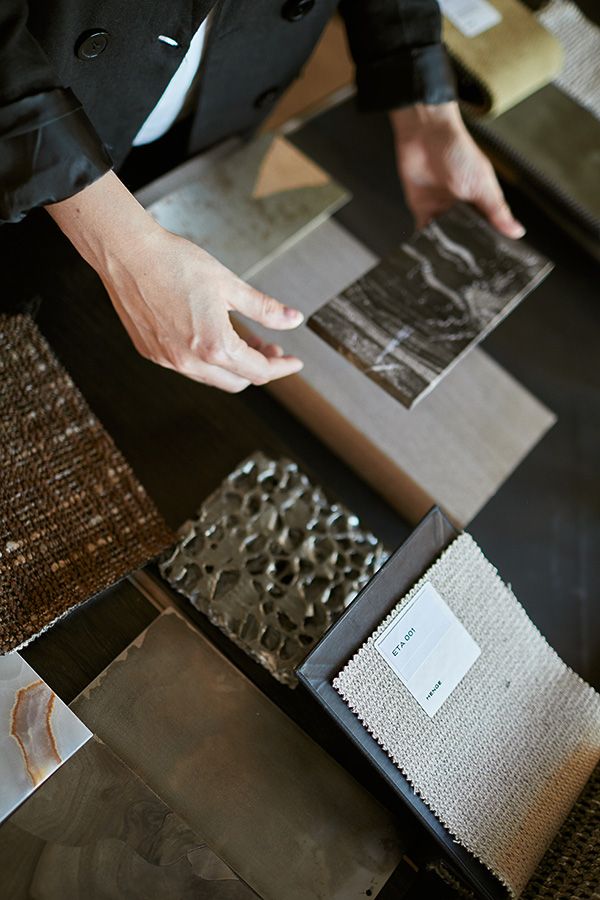

The Perfect Joint
An essential aspect of achieving the desired ‘seamless’ result is the joints between stone and wood, Stupenko’s quick to point out. ‘We usually insert a thin strip of metal to decorate the seam, both in the plane of the floor and on the walls. Another technique for vertical surfaces is laying in different planes, creating a three dimensional pattern.’
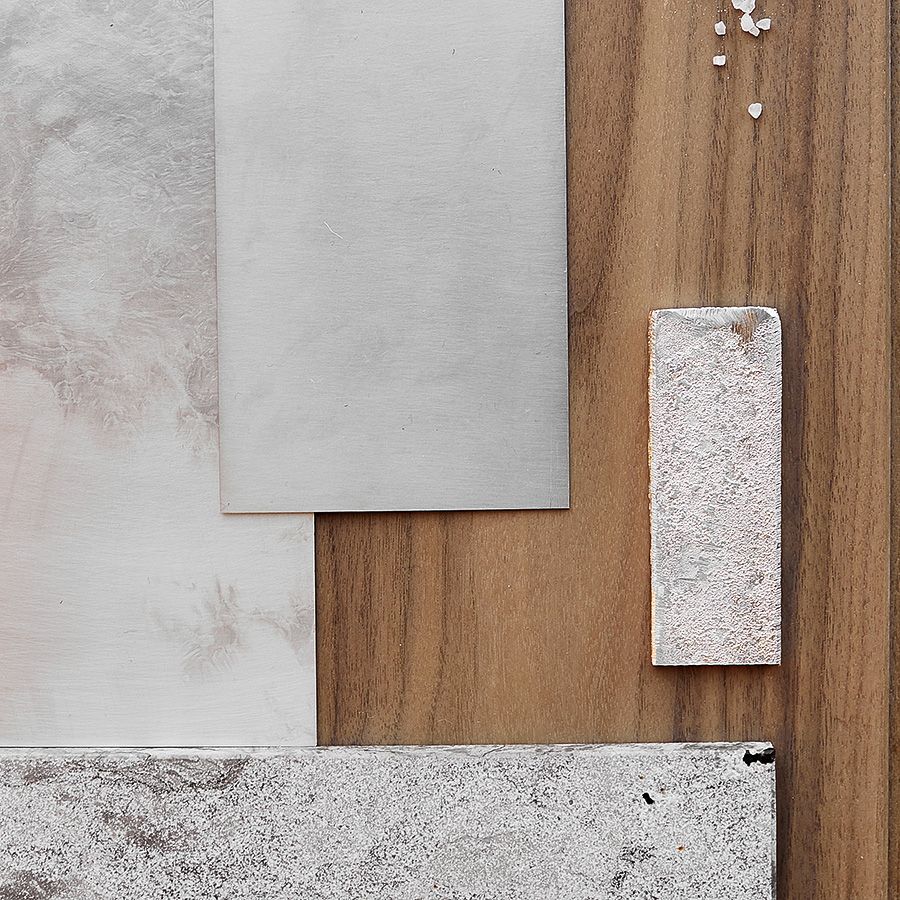
Soothing Contrast
The mixture of horizontal with vertical lines in indoor and outdoor spaces offers an ideal opportunity for contrasting stone and wood. Think classic white or stone-grey panelling combined with natural wooden flooring. Whether maintaining the blemishes of the natural wood or finishing it perfectly polished, it forms a daring but perfectly harmonious mix.
The Only Way is up
Marble and wood staircases are the protagonists of the most varied environments. A perfect match, think of wood covering the marble stairs, or the other way around.
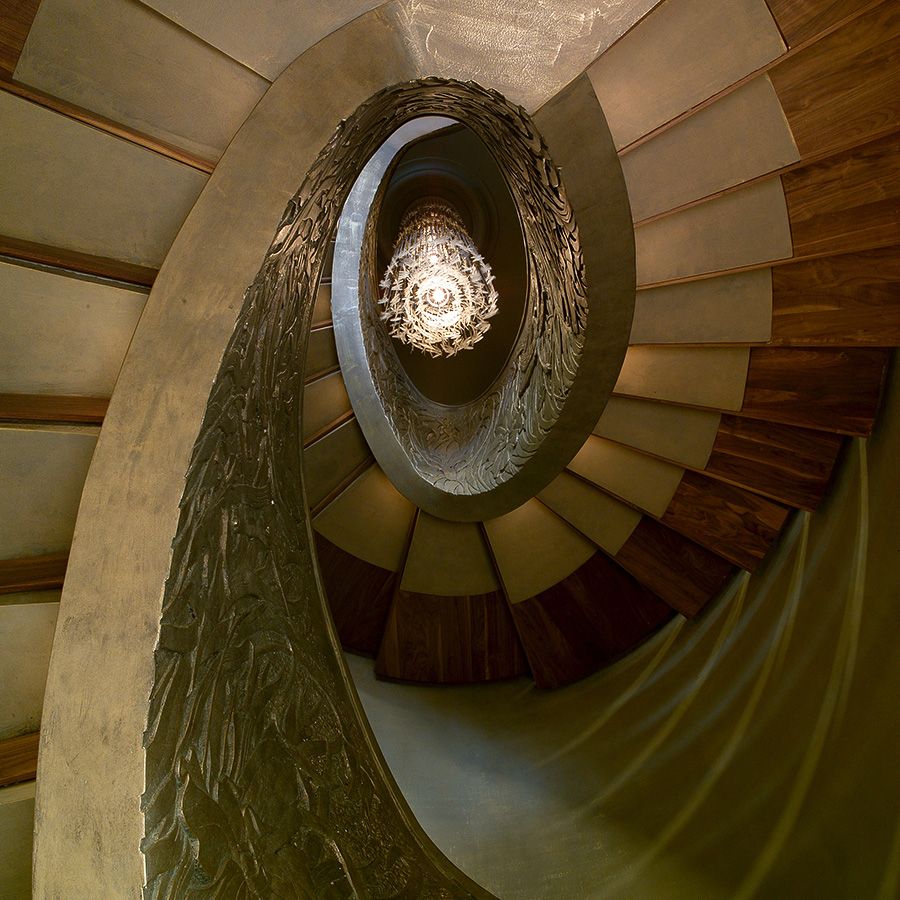
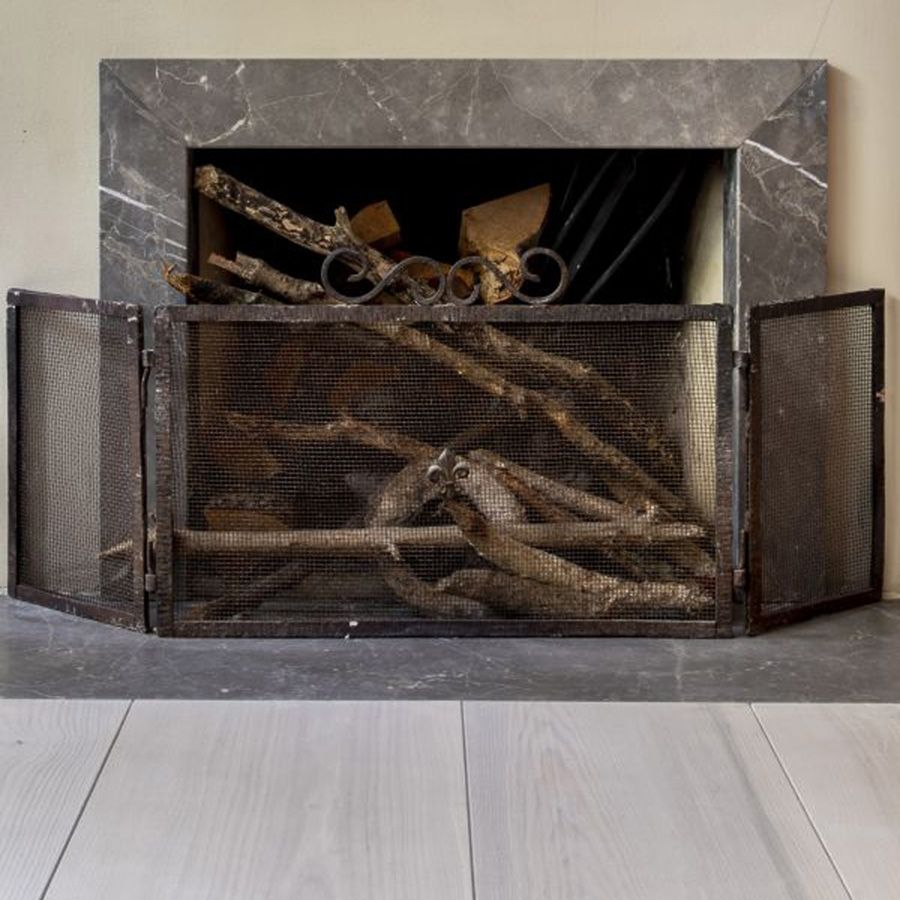
I’m on Fire!
Let’s talk fireplaces: a stone inlay in the wooden floor in front of a fireplace is widely used for aesthetic and safety reasons.
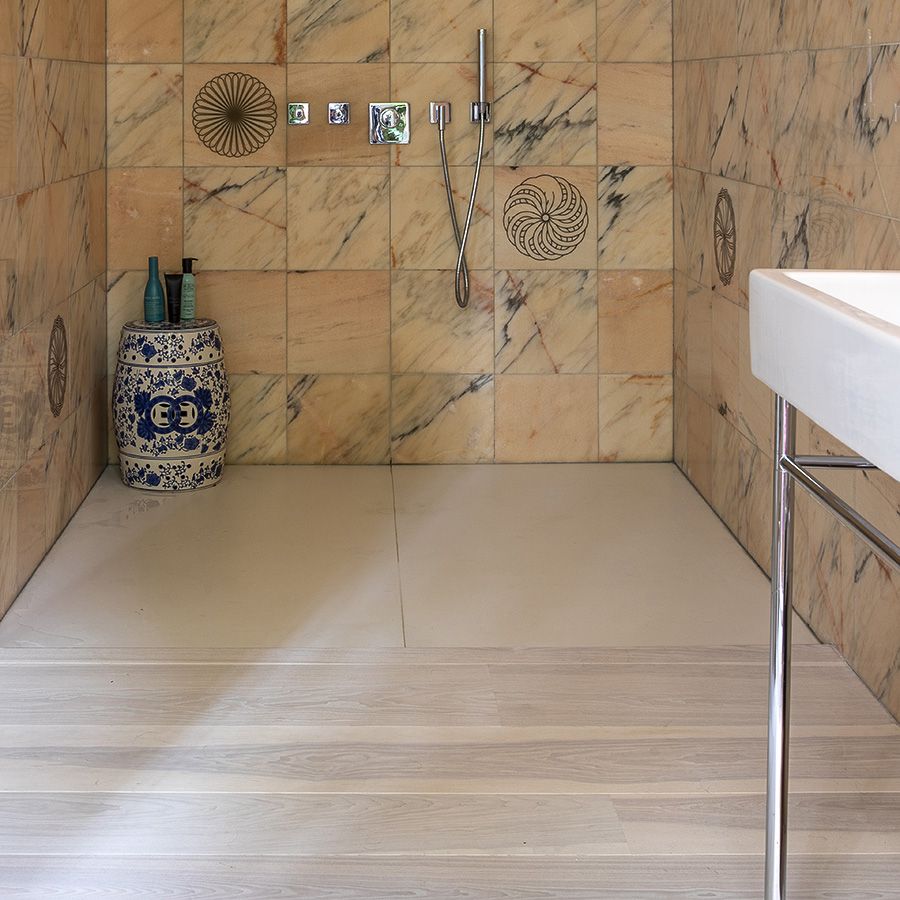
Spa Seekers
Wood is warm, and stone is cold. Wood has quickly become a favorite material for the bathroom and wet areas. Logical if you ask us, as the natural warmth of the wood comforts barefoot. It is imperative to pick perfectly dried wooden floors of specific timbers and specific cuts for the areas with high humidity. We recommend Burmese Teak, Ash, and Oak or Walnut in Quarter and Riff Sawn. Wooden floors in the main areas could be mixed with stone for the actual shower zone.